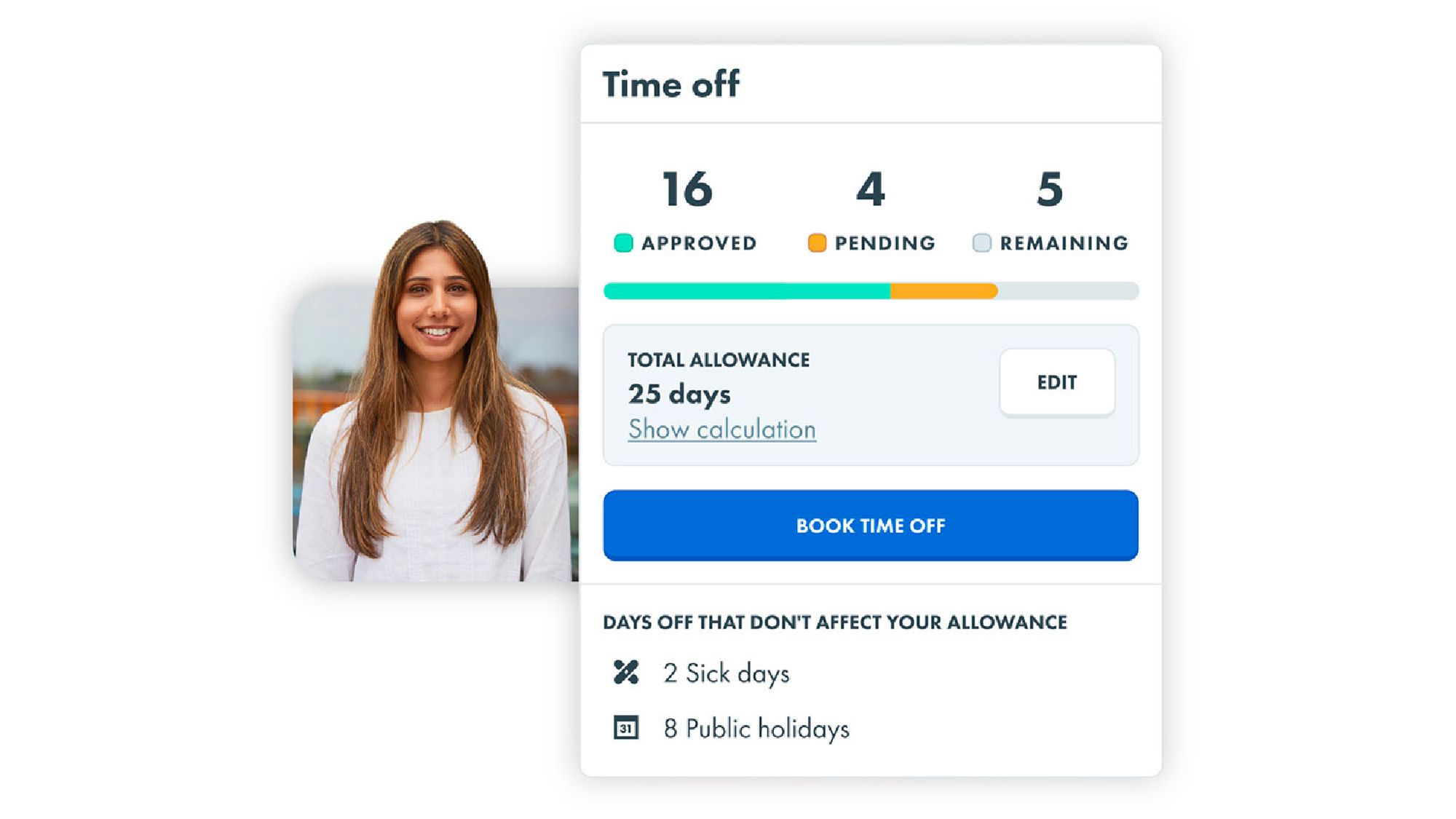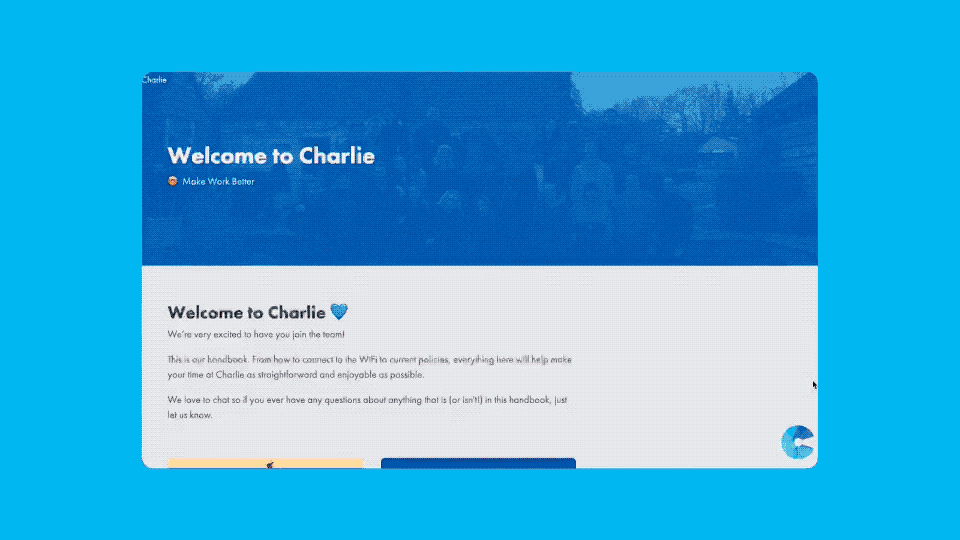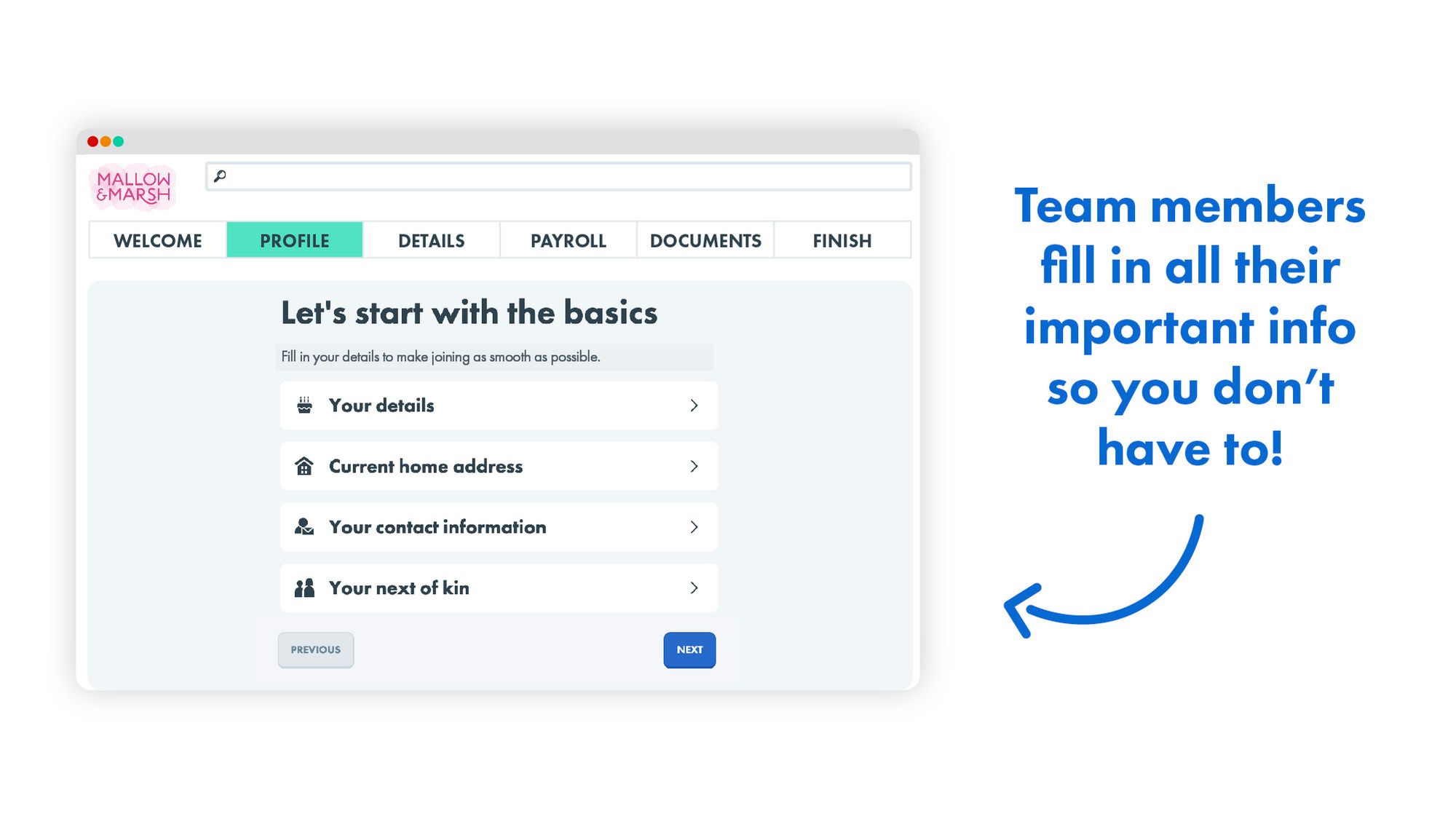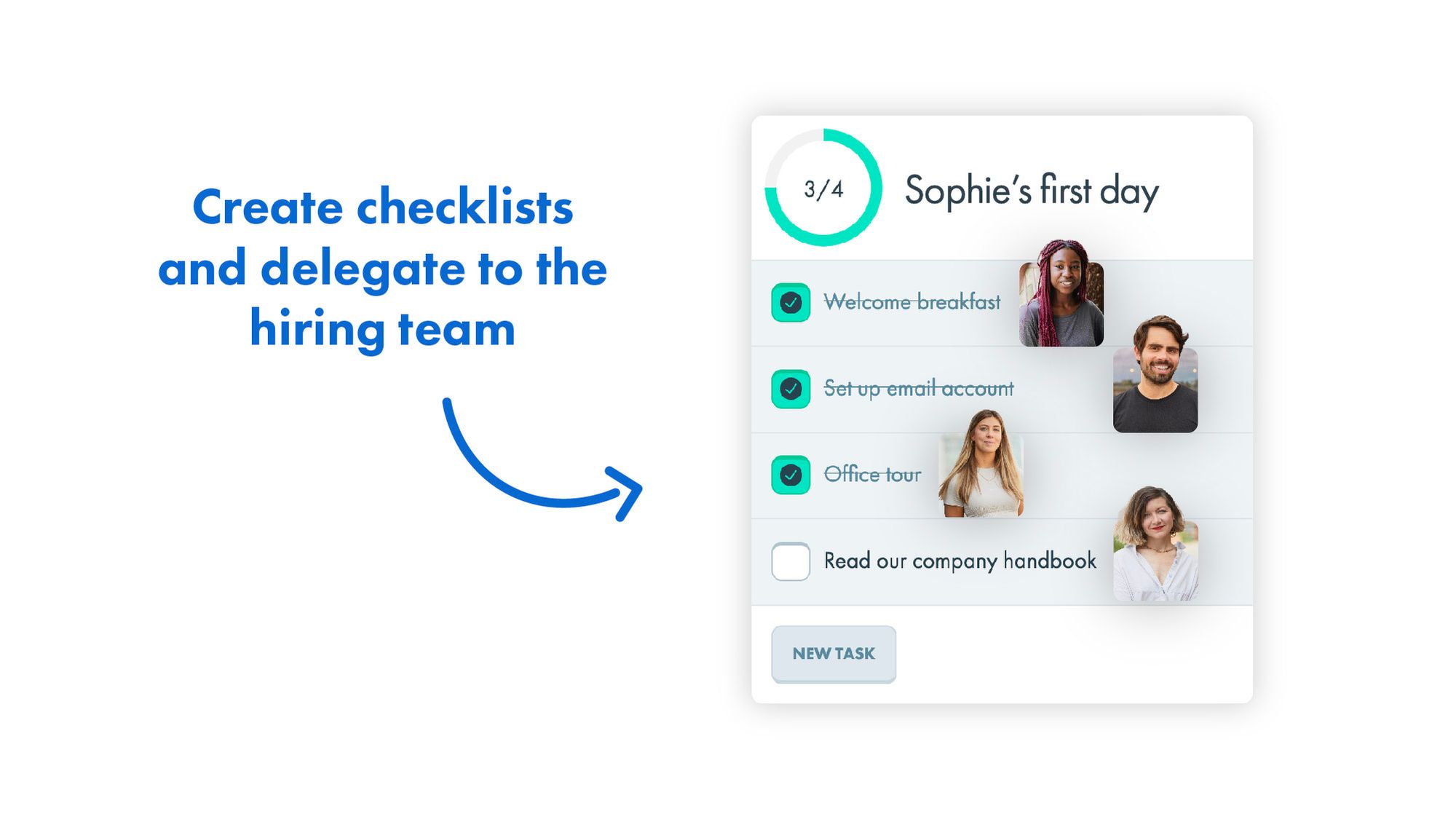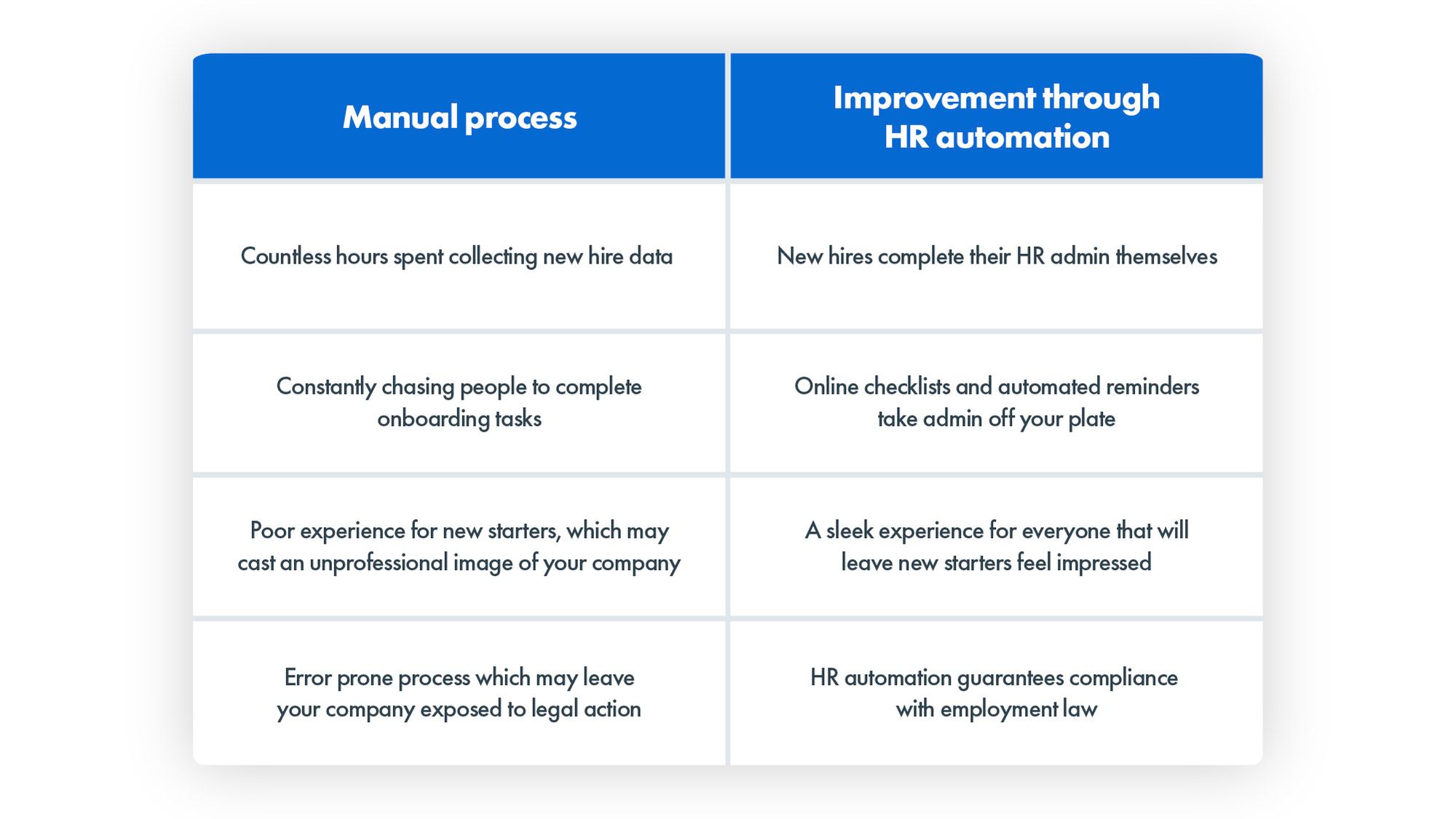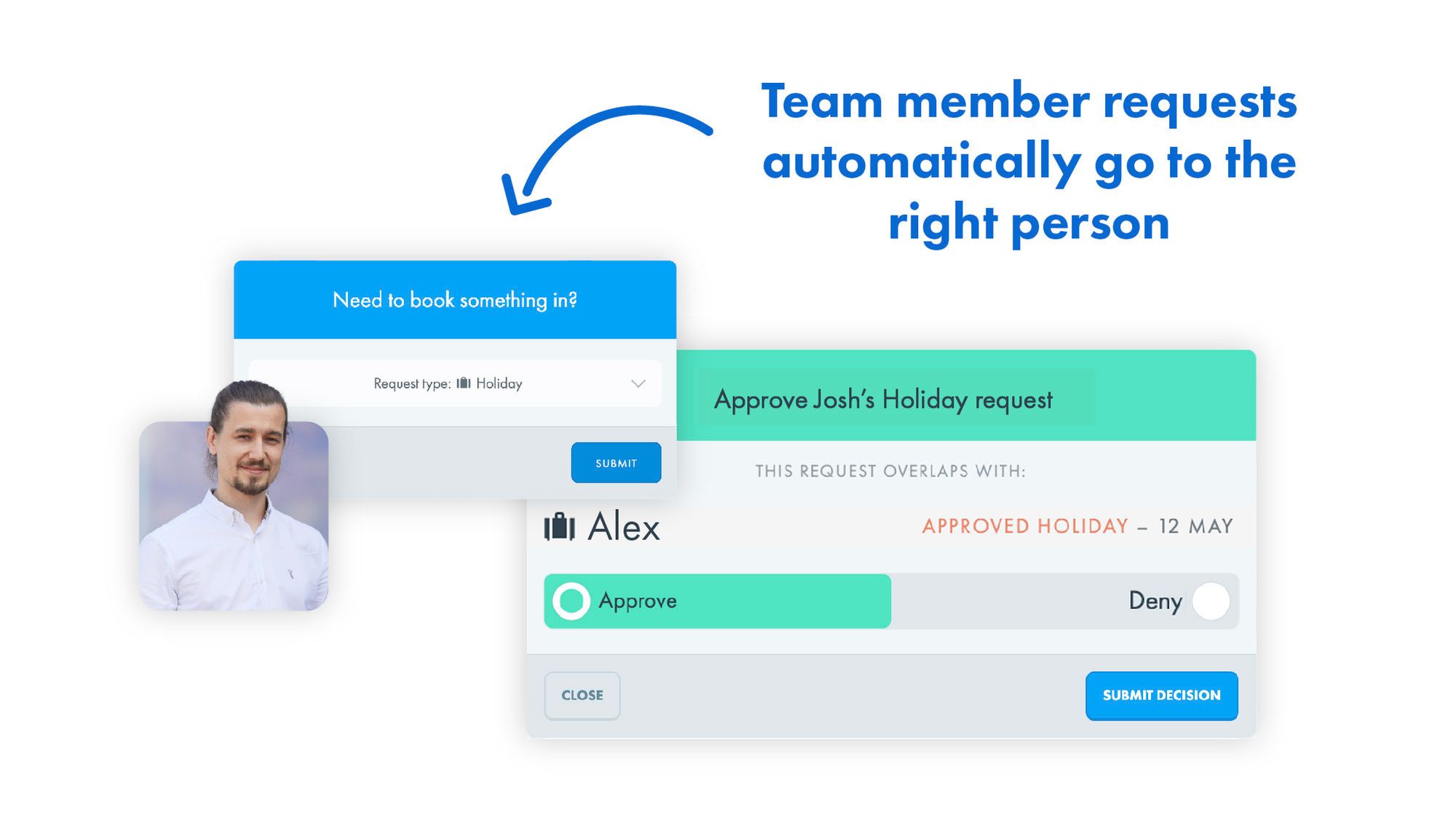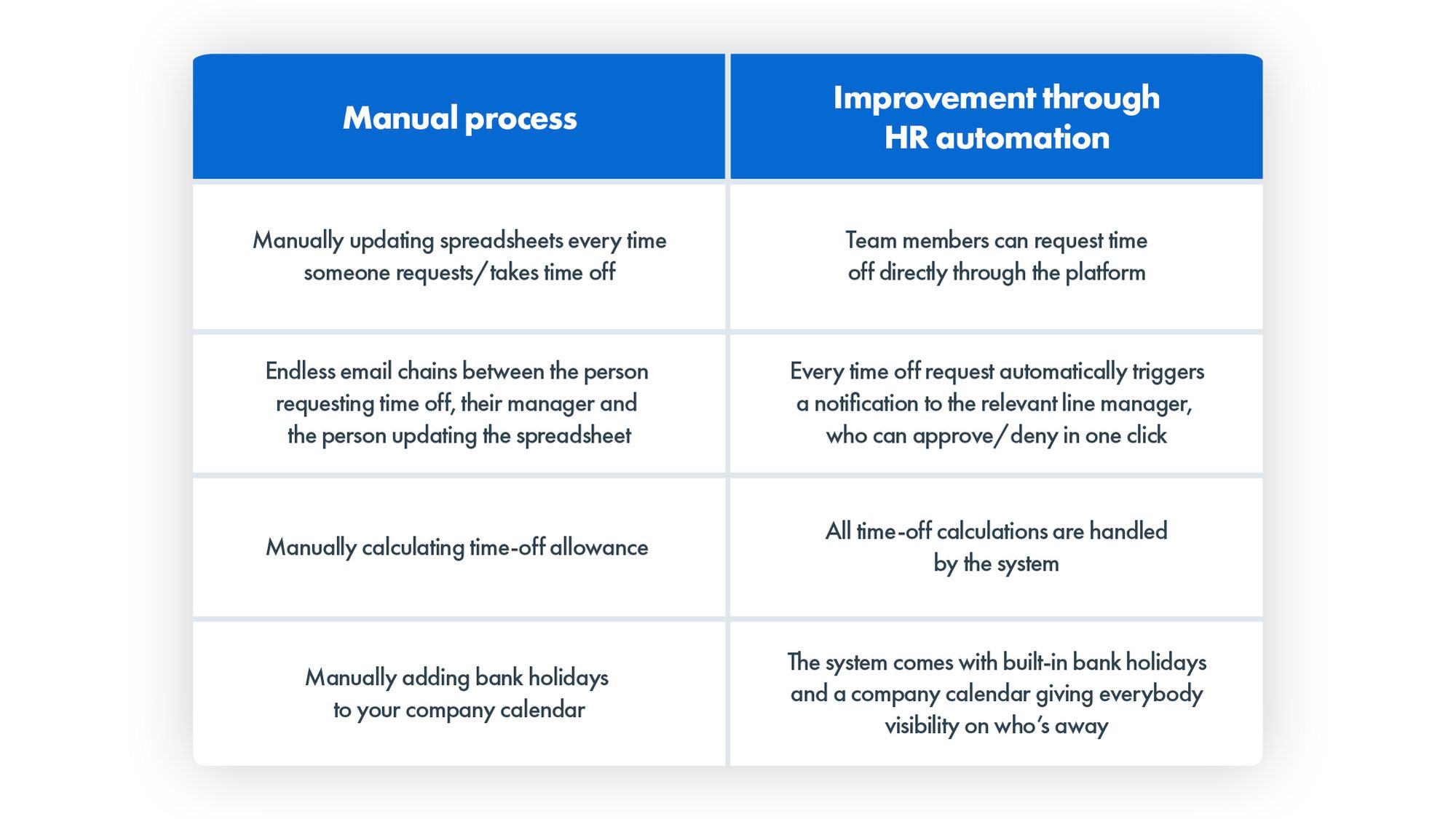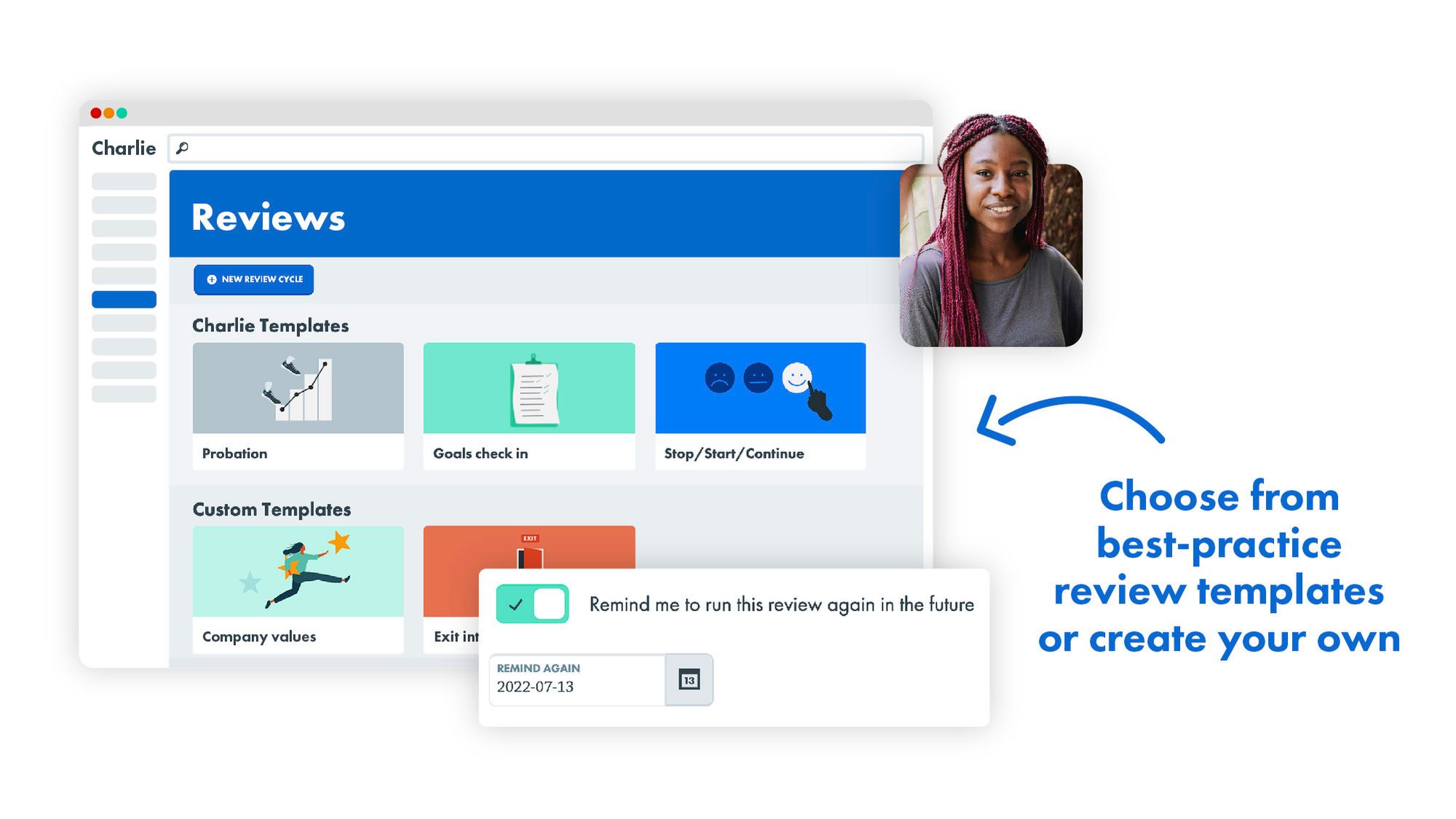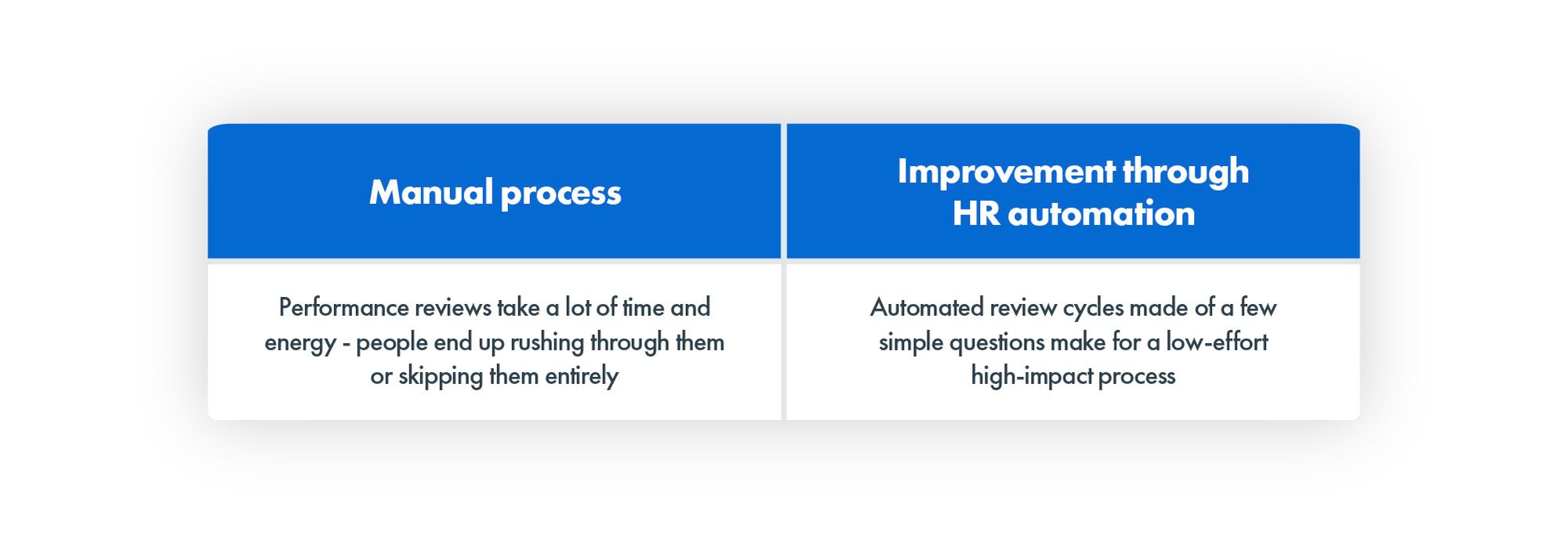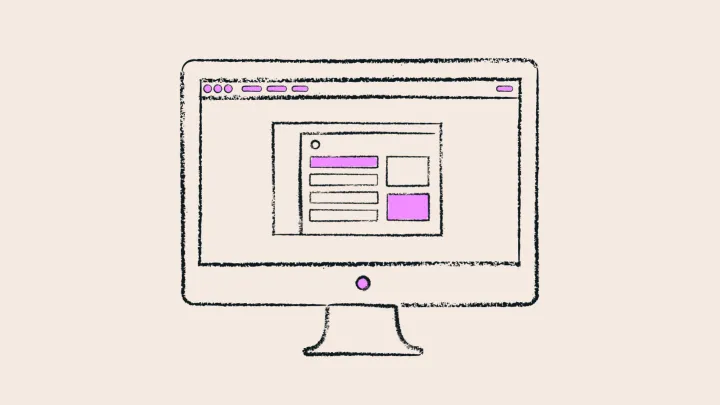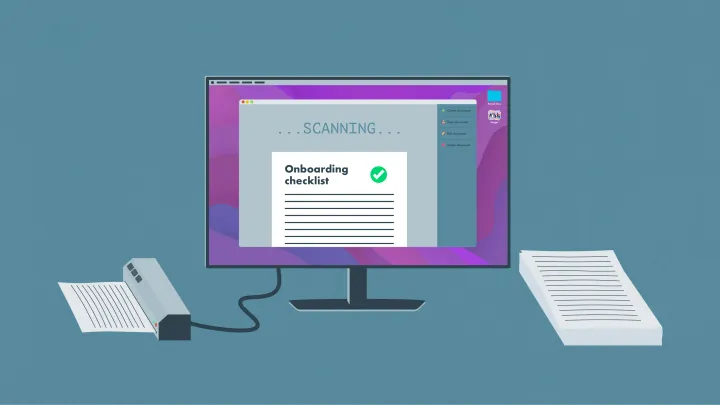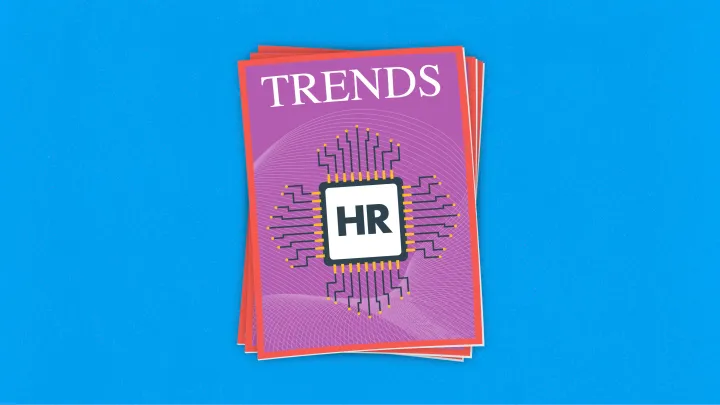The 3 HR process improvements every small company should prioritise
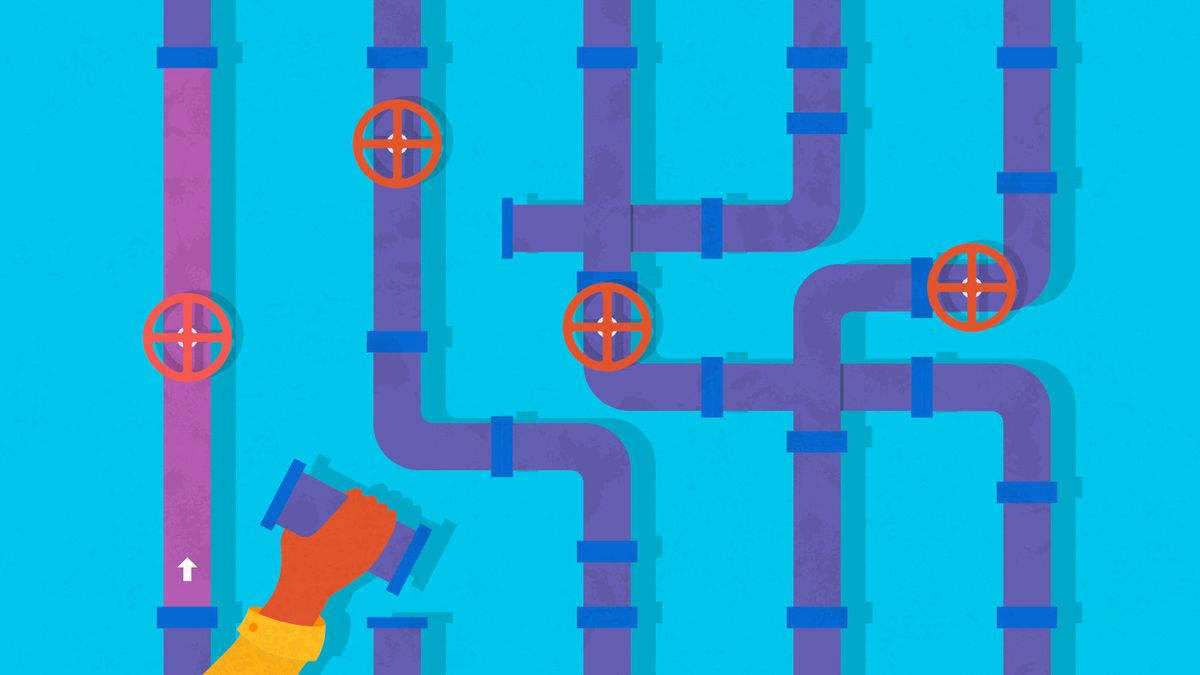
There’s no limit to how much you can improve your HR processes — you can always do better. The problem is understanding how to do it.
At Charlie, we’re big believers in continuous improvement.
Our job as HR Advisors is to keep on looking for ways to refine our clients’ processes so that they can make work better for their employees.
The challenge is not about realising that things need to improve, but knowing where to start.
In this article, we’re sharing our own process for tackling HR process improvement at small companies, based on what we’ve learnt working with startups over the last 4 years.
But first…
What are HR processes?
HR processes are the building blocks of your HR department’s strategy and they are a key element of every business’ success.
The quality of your Human Resources processes has a huge influence on your team’s experience of work and how smoothly you can run your business.
Some examples of HR processes are:
- Onboarding and offboarding
- Performance management
- Annual leave management
- Recruitment process
They are usually codified into HR policies that should be accessible by anybody in the company for guidance about your ways of working.
How to streamline your HR processes
Here are a few tactics you can try to improve your HR processes.
Spot high-impact improvement opportunities
We usually look at two factors when figuring out what HR processes could do with an upgrade:
- Time spent on manual tasks for each process
- How vital each process is to retaining and attracting a happy and high performing team
Let’s start from ‘time’. As HR professionals, we are always busy, juggling so many responsibilities that it is often impossible to work proactively — if we manage to put out all the fires around us, that’s already a success.
In this context, improvement is all about identifying what HR processes are taking the most of your time, especially when this is spent on repetitive, manual tasks. In these cases, improvement comes in the form of HR automation.
Example: Annual leave management is a good example of a process that, if performed manually, can take huge chunks of your working day. It should therefore be on top of your list when choosing to automate your HR processes.
The other criteria is ‘business impact’. In this case, you score your processes by how vital they are for your business’ success. This can depend on your company priorities, so it varies.
Example: If you have ambitious hiring goals, for example, recruitment and onboarding will be on top of the list of processes you’d want to optimise.
You can of course combine the two. Simply score each process by time spent on manual tasks and business impact - the results on the top right of the graphs will be the first and most urgent to improve.
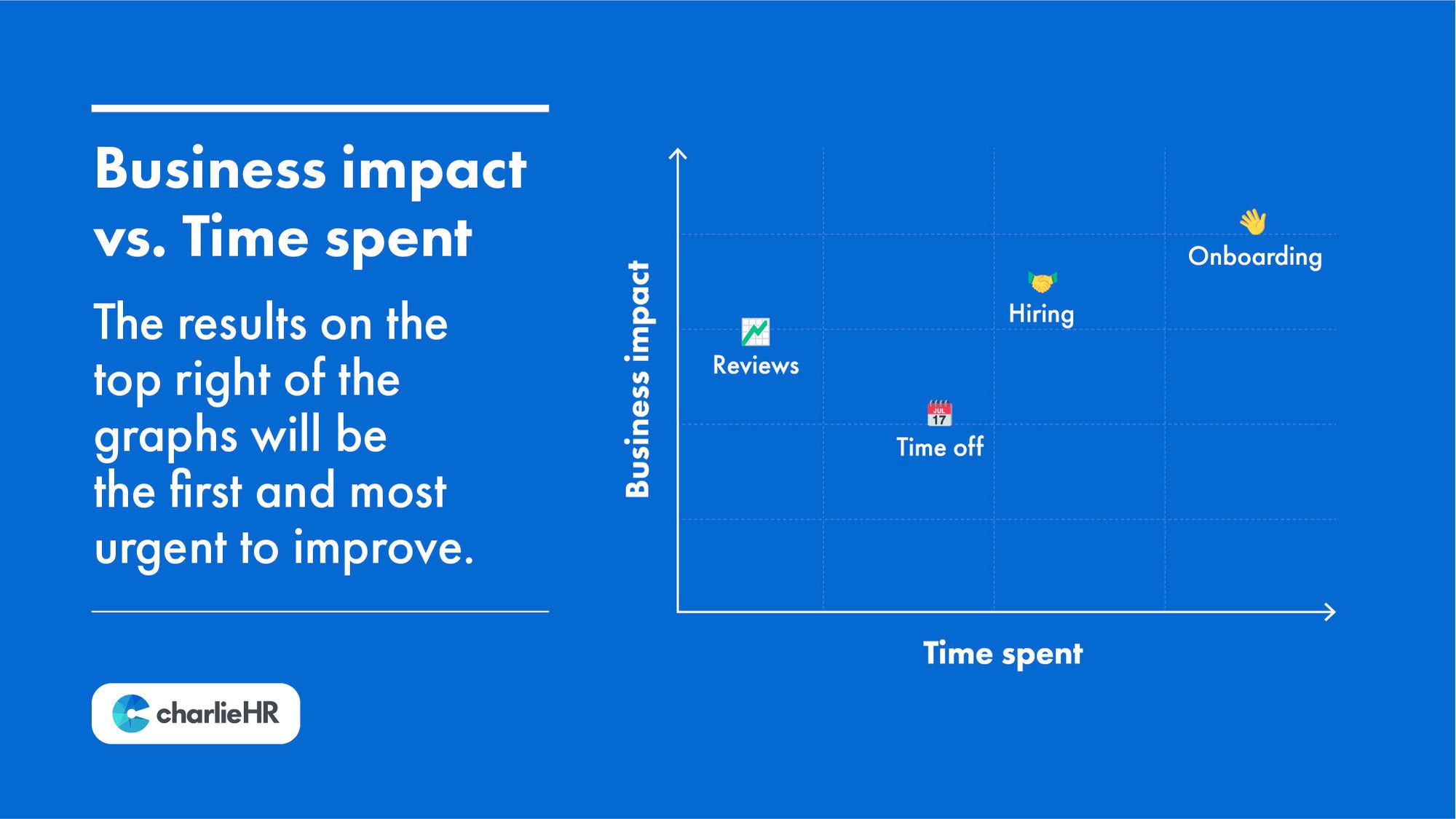
Automate repetitive and time-consuming tasks
Admin-heavy HR processes can be draining and create frustration for both HR managers and employees.
Improvement then is all about reducing the time you waste on these processes.
That’s why HR automation is the single best way to supercharge your HR processes, especially those requiring lots of repetitive manual work.
Today, HR automation tools allow your employees to make the most of employee self service, a type of automation where team members can perform their HR admin themselves on a centralised platform, without having to pass through you.
Example: Instead of you being the bottleneck for all of your team’s time off requests, with HR software people can book holidays and record sick days directly on the platform. Their line managers are notified when a request comes in and can approve or deny in one click.
Another way HR technology can improve your HR processes is by handling all the most boring and difficult tasks — those where it is more common to make mistakes.
Example: It’s so easy to make mistakes when calculating holiday entitlement during offboarding. With HR automation, you delegate that task to your software, meaning you will take calculations off your plate entirely.
We’re discussing some more use-cases further down, but you can also have a look at our HR automation examples blog post.
If you'd like to see how to automate your HR processes using CharlieHR, simply join one of our next Group Demos:
Align with remote/hybrid working needs
The way we work has massively changed in the past few years, with many businesses now working either remotely or following a hybrid working model (where employees work some days from the office and the rest from home).
From this perspective, improving HR processes goes beyond just time saving — it also becomes about ensuring that your team members have all the tools they need to thrive in this new world of work.
Remote working companies need to adapt their HR processes and sometimes add new ones to support the needs of their employees.
In this context, technology is again key: getting HR automated workflows and running will remove the need for manual processes, making it easier to manage HR remotely.
Hybrid working companies have to be particularly careful in making sure their processes are consistent and fair — you want all of your employees, no matter where they’re working, to have the same positive employee experience.
Example: At Charlie, we have a hybrid-first approach to work: we aim to optimise for office and remote working to be valued equally, and to be equally valuable. We have no set number of days that people need to work from the office, but wherever they choose to work has to be a place where they can work well. We all use the CharlieHR platform to run our HR tasks from wherever we are.
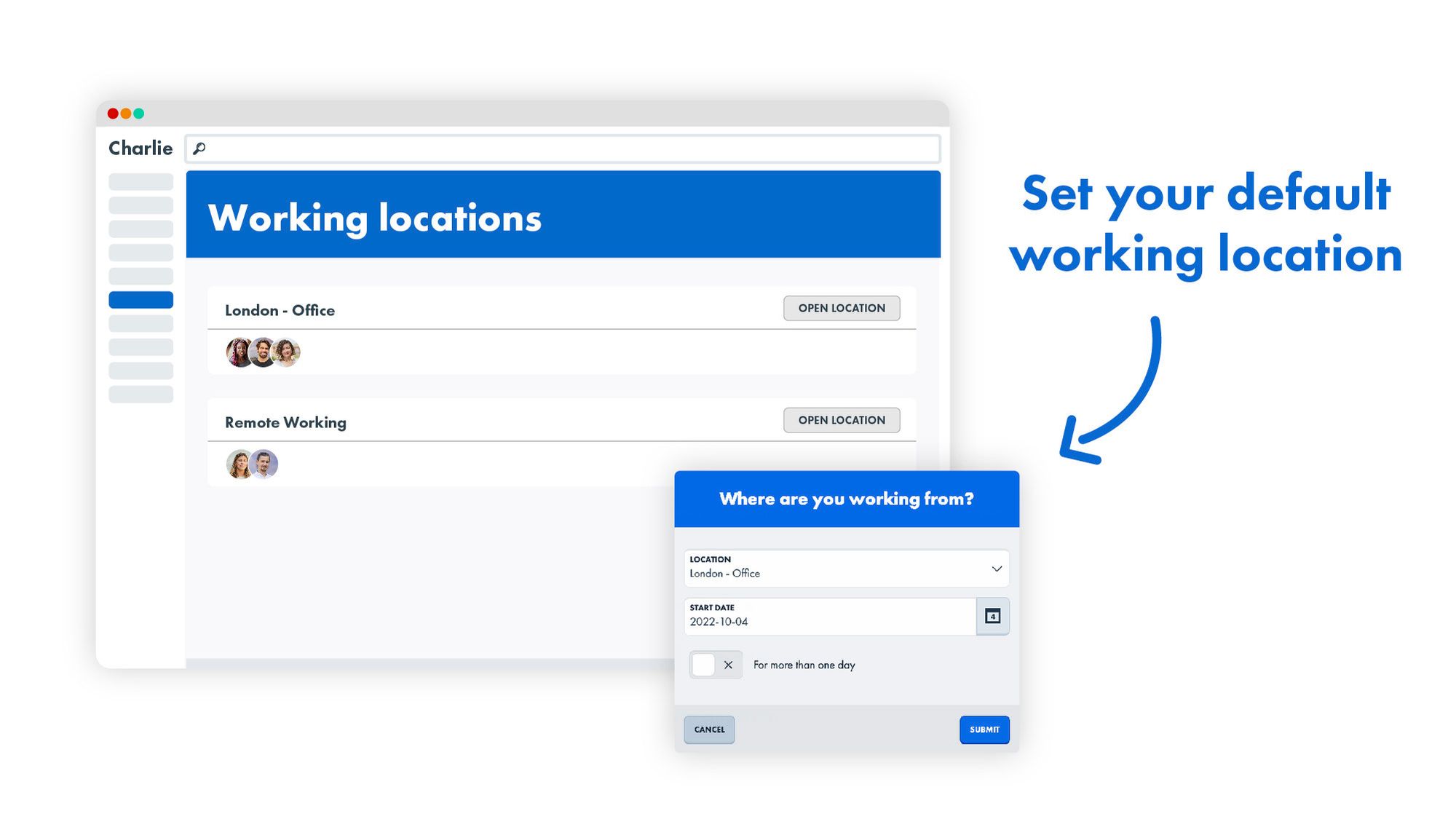
Codify your processes and policies in a company handbook
Sometimes improvement is not about the HR processes themselves but about how clear and accessible they are.
That’s why a key element of HR process improvement is creating a company handbook.
A company handbook is a guide that sets out all useful information about working at the business, including policies and business processes.
It’s vital that your team has easy access to a comprehensive handbook, so that:
- They don’t need to come to you every time they have a question about your processes (i.e. “How does our parental leave work? Do I have to bring a fit note if I’m unwell for 5 consecutive days?”)
- You have the peace of mind of always being compliant. There are a few HR policies that every company is required to have according to the law. Storing them in a company handbook is the easiest and safest way to comply.
- You can use it as an onboarding tool: your handbook is the one place where new hires can find all the information they need about working at your company
If you need help writing your company handbook, you may find our HR Advice service useful.
For all the good intentions that go into an employee handbook, there’s always been a tendency for them to become lost over time. And it doesn't really matter how good your handbook is if your team doesn’t know where to find it.
For this reason, we often suggest storing your handbook in the cloud (for example in Google Drive or Dropbox) or, even better, directly into your HR software.
If you use CharlieHR as your HR management system, you can store your company handbook directly on the platform — so your team can find the information they need when they need it, and in a place they’re familiar with.
3 HR process improvement examples using HR automation
When working with small businesses, we often find that automation is the best place to start improving their HR processes. That’s where the high-impact returns lie, often for a very low effort and cost.
So, let’s talk about how the 3 most impactful ways small companies can use HR automation tools to make their processes more effective.
1- Introduce self-service onboarding
Managing employee onboarding manually can work if you’re a very small company. But once your hiring starts to get more ambitious, scrambling to personally onboard every single new hire can become counterproductive.
Onboarding automation can help you guarantee the best experience for all new joiners while also ensuring they get up to speed with their new role as soon as possible.
This is thanks to self-service software that allows new hires to complete their own onboarding.
New employees can fill in their personal details themselves, even before their start date, while you oversee the process through the platform.
You can also delegate onboarding tasks to hiring managers and other relevant team members by creating online onboarding checklists that people tick off as they go. Automatic reminders are sent to the right people at the right time, so you don’t have to chase anyone via email or Slack.
This HR process improvement drastically reduces the time you have to spend on onboarding, it offers new hires a better experience and a better first impression of your company, and it ensures compliance and consistency across the board.
2- Automate your time-off management
Small companies’ HR teams often rely on spreadsheets to keep track of their employees’ time off.
What they don’t realise is that, yes, spreadsheets are free, but the time they spend maintaining them is extremely costly for the business. In other words, your time would be better spent on building a happy and high-performing workplace rather than recording time off on a spreadsheet.
That’s why more and more small businesses today choose to automate their time-off management with HR software (or even Cloud HR software) — not only does that save them tons of time, but it also makes for a much better experience for everyone in the company.
HR software like CharlieHR allows employees to request and record time off directly through the system, where all information is centralised. No need to fill in or update any spreadsheets — as soon as a request comes in, the relevant line manager is notified and can approve or deny it in one click.
Time off records live on the platform, where all relevant people can access it — removing the need for employees to ask you about their leftover holiday allowance.
Everything from holiday entitlement, calculations and bank holidays are managed by the software, leaving no space for human error and ensuring all team members have a great and consistent experience.
3- Launch recurring performance review cycles
The worst thing about inefficient performance reviews is that they take a lot of time and energy, but the actual impact on your team’s growth is usually disappointing.
What we’ve often seen working with our customers is that they sometimes do reviews for the sake of doing them, without considering what their team members really need to improve and do their best work.
We believe that all that small businesses need to improve their performance management process is to focus on meaningful and frequent feedback between line managers and direct reports.
To ensure these conversations do happen at regular intervals throughout the year, you may use HR software like CharlieHR.
Instead of having to constantly push line managers to have review conversations with their direct reports, you can set up recurring reviews cycles in Charlie:
- When a performance review is triggered, both line managers and direct reports are automatically invited to fill in their review-prep questions online
- You can choose what review questions people will be asked to answer (i.e. “What were your greatest achievements in the past 3 months?”, “Where do you think you could have done better?”)
- Once both parts have filled in their reviews on the platform, they will have plenty of talking points to discuss in their review conversation
This level of HR automation works really well for small companies, as it doesn’t overload them with unnecessary steps but it makes exchanging feedback second-nature.
Find out more about all of the HR process improvement you can make by starting a 7-day free trial.

One last thing to check out is how the last HR digital transformations can impact your business in the long run – with a guide written by one of our HR experts.
